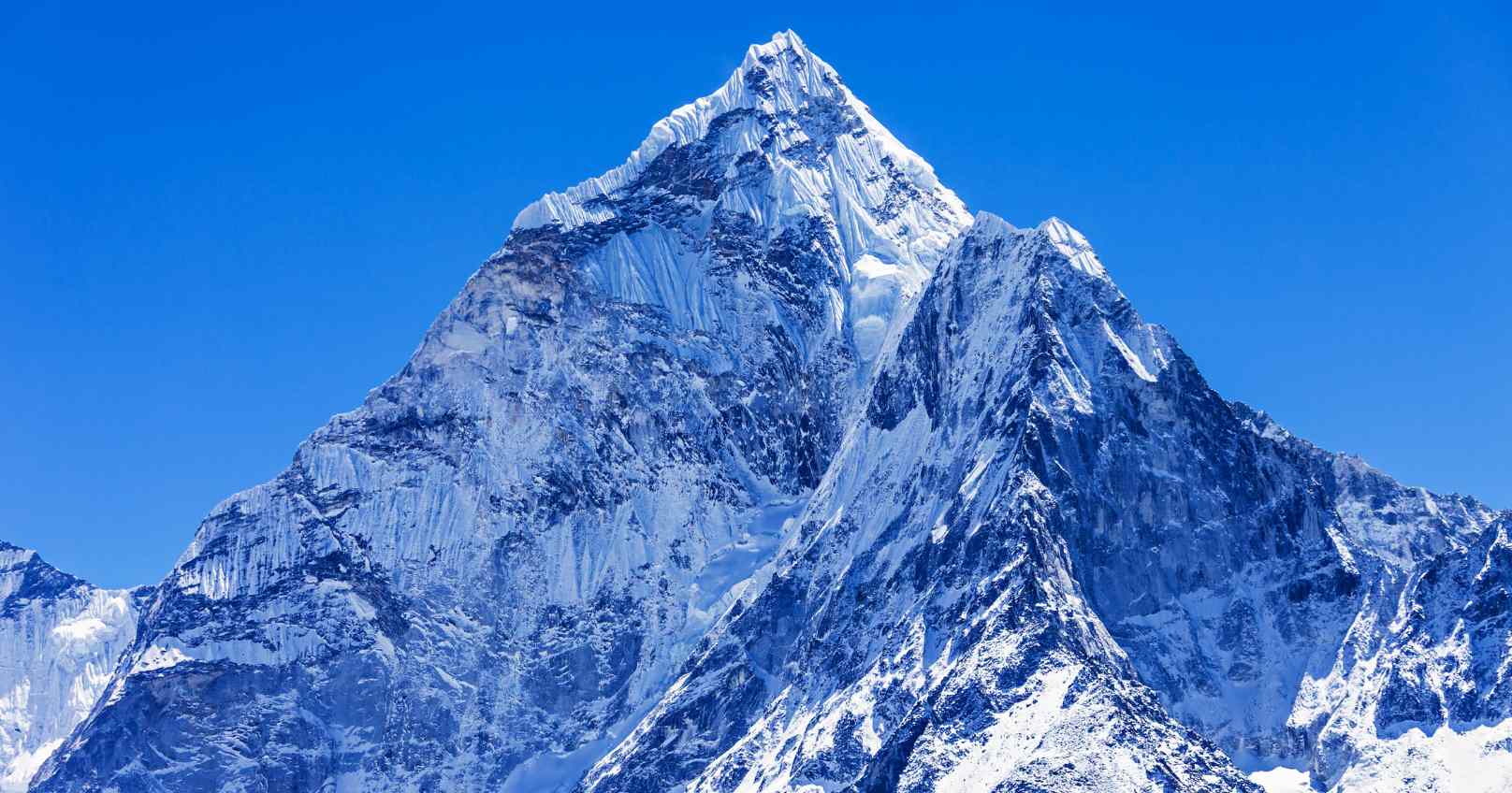Mount Everest, the tallest mountain on Earth at 8.85 kilometers above sea level, continues to rise, according to a recent study published in Nature Geoscience.
For approximately 50 million years, the Himalayas have been ascending due to the collision of the Indian and Eurasian tectonic plates. However, researchers have found that Everest is growing at an accelerated rate beyond previous expectations.
Led by geoscientist Jin-Gen Dai from the China University of Geosciences in Beijing, the study identifies a significant shift in the regional river system as a key factor in this enhanced growth. About 89,000 years ago, the Kosi River merged with the Arun River, contributing an estimated height increase of 15 to 50 meters (49 to 164 feet) to Everest.
This growth is linked to a geological process known as isostatic rebound. As the merging rivers eroded substantial amounts of rock and soil from the region, the weight on the Earth's crust decreased, causing the land to rise. This effect is analogous to a boat rising in water when its cargo is unloaded.
The study estimates that isostatic rebound contributes roughly 10% to Everest's annual uplift rate, which translates to about 0.2 to 0.5 millimeters (0.01 to 0.02 inches) per year. This uplift rate surpasses the ongoing surface erosion from environmental factors like wind, rain, and river flow.
Additionally, neighboring peaks such as Lhotse and Makalu are experiencing similar growth due to isostatic rebound, with Makalu, located nearer to the Arun River, exhibiting a slightly higher uplift rate than Everest.
Co-author Adam Smith, a doctoral student at University College London, emphasizes that GPS measurements corroborate the ongoing elevation of Everest and the surrounding Himalayan range. As erosion continues, the uplift rate resulting from isostatic rebound may also rise.
This research underscores the dynamic nature of the Earth, illustrating that even the seemingly permanent features like Mount Everest are influenced by ongoing geological processes. It serves as a reminder of the planet's constant evolution, often occurring in ways that remain unnoticed in our daily lives.







